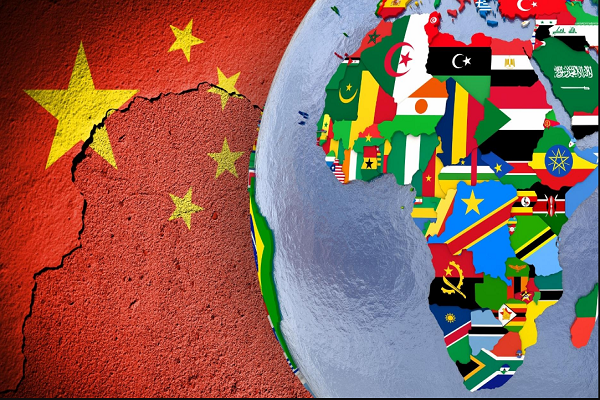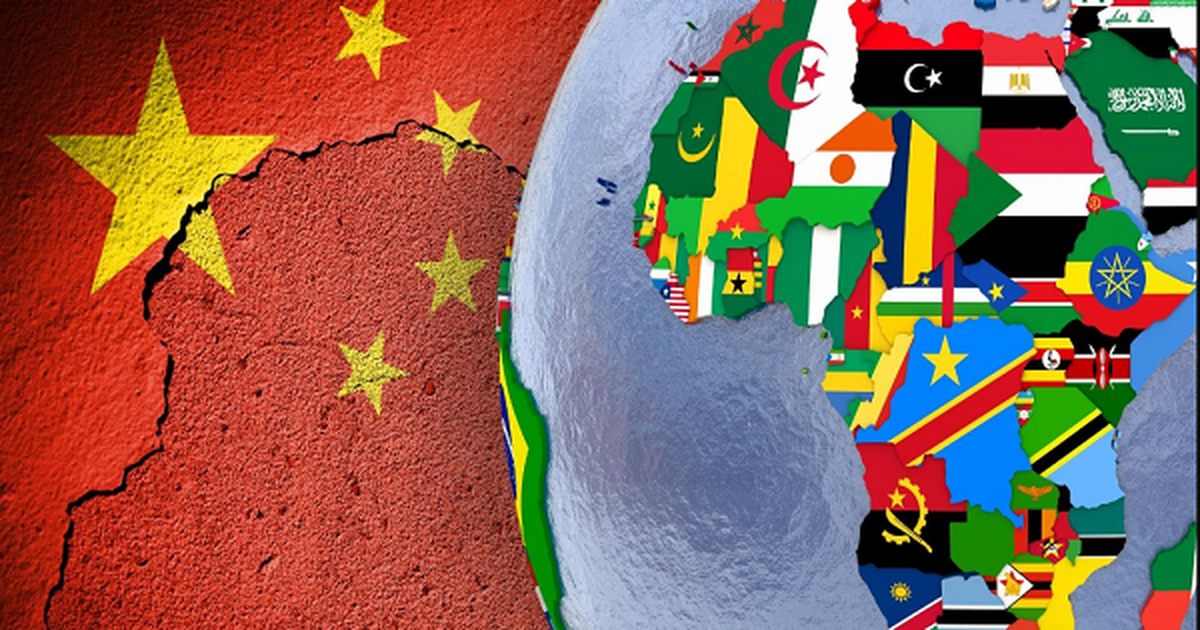
Chinese lenders approved $4.61 billion in loans to Africa last year, marking the first annual rise since 2016, according to an independent study recently released.
Between 2012 and 2018, Africa received over $10 billion annually from China, largely due to President Xi Jinping’s Belt and Road Initiative (BRI). However, lending sharply declined with the onset of the COVID-19 pandemic in 2020, Reuters reported.
The 2023 figure, more than triple the amount from the previous year, indicates China’s focus on managing risks in economies with high debt, per Boston University’s Global Development Policy Centre.
This new data comes as Beijing readies to host African leaders for the upcoming Forum on China-Africa Cooperation, held every three years. According to the study, 13 loan agreements were made last year, involving eight African countries and two African multilateral lenders.
Between 2000 and 2023, China lent a total of $182.28 billion to the continent, according to a Boston University study, with much of the funding directed toward Africa’s energy, transport, and ICT sectors.
In the early years of the Belt and Road Initiative (BRI), Africa featured prominently as China sought to revive the ancient Silk Road while expanding its geopolitical and economic reach through global infrastructure investments.
However, starting in 2019, China began reducing its lending, a trend that worsened during the pandemic, leading to several incomplete projects across the continent.
The reduction in loans from China was driven by domestic pressures within China and rising debt burdens in many African economies. Since 2021, countries like Zambia, Ghana, and Ethiopia have undergone prolonged debt restructuring processes.
According to the Boston University study, over half of last year’s loans—$2.59 billion—were directed toward regional and national lenders, reflecting Beijing’s shift in strategy to mitigate risks while still maintaining influence across the continent.
The Global Development Policy Centre noted that the long-term quality of China’s partnerships in Africa remains uncertain.

















